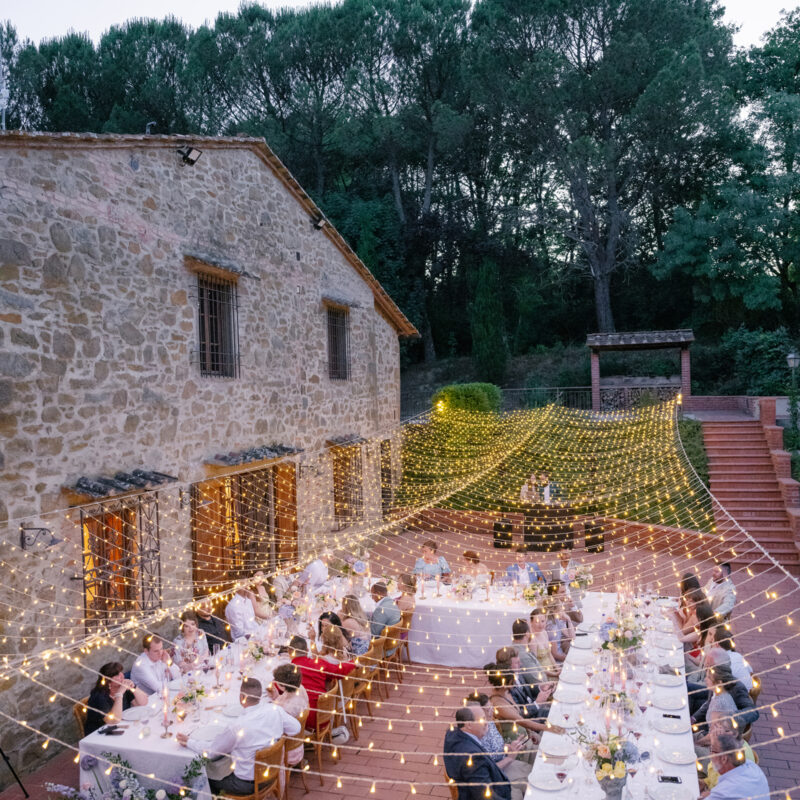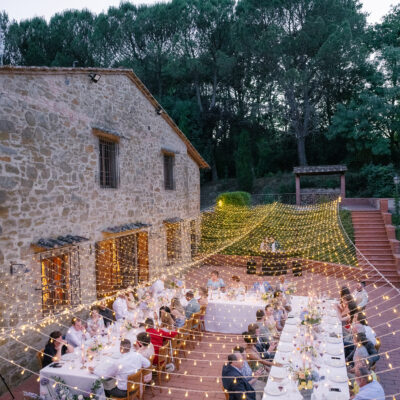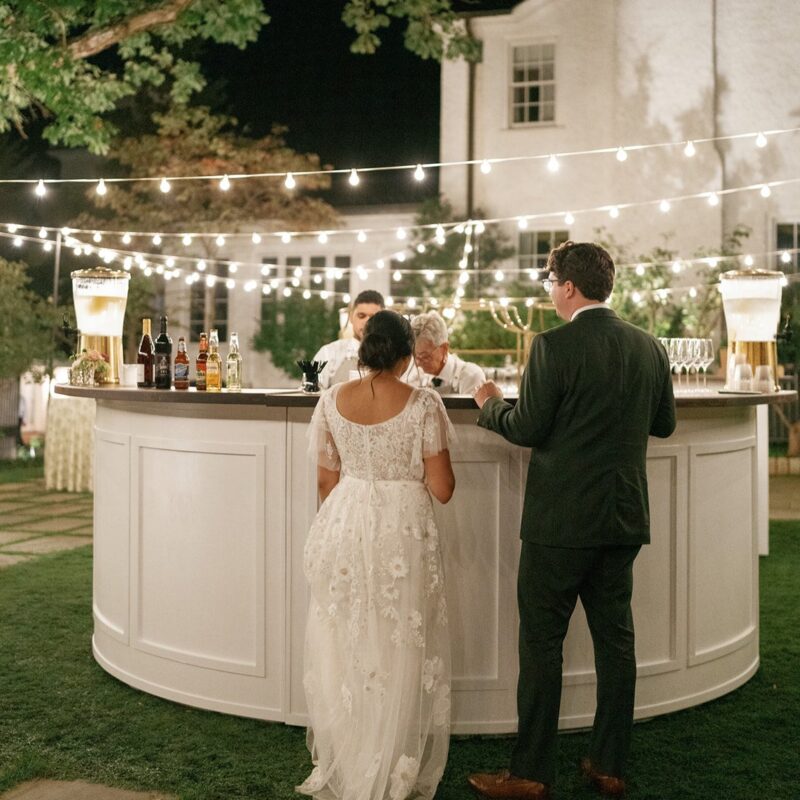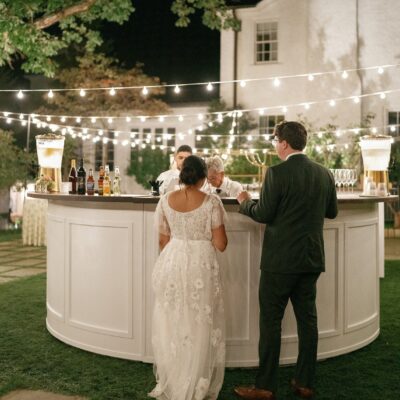Though they’ve been around since the 18th century, painted floors (when done right) can be nostalgic, practical and surprisingly modern, says designer Franny Hurt. Back then, they were used in everything from modest farmhouses to Victorian mansions, helping to protect hardwoods before modern sealant was developed. Now they’re more multipurpose, used as a temporary (and cost-effective) solution to refinishing or replacing old floors; to ease a transition between one room to the next; or to provide visual interest in a character-less room.
“I believe that any time is a good time to experiment with paint,” Hurt says. “It’s an inexpensive, nonpermanent treatment that can be applied to virtually any surface.” And the Washington, D.C., transplant practices what she preaches: She transformed the kitchen of her own 1930s Shaker-style house just by applying a checkerboard pattern to the floor.
“Painting the kitchen floor was a referential and relevant solution,” Hurt says. “Changing up the color, scale and pattern made it feel decidedly modern and fresh.”
But what should you know before applying this technique in your own home? Choose a durable paint (Hurt says Farrow & Ball and Benjamin Moore are both good options) and think hard about the scale of the pattern: “Large spaces with small-scaled patterns can quickly look too busy and small spaces with too large of a pattern can feel cramped.” And, while it might not bother you, keep in mind that high-traffic or high-moisture areas will need touch-ups more often. “However,” says Hurt, “the patina enhances the look of painted floors, so have fun and paint away.”
How to
Use these guidelines to get started in your house. First, figure out how the pattern will lay in the space, using scaled drawings, trace paper or a computer drafting program. Next, clean the surface and lightly stencil the pattern on the floor. Tape off the lines using painter’s tape (Hurt recommends FrogTape Multi-surface), then lightly sand and clean areas that will receive the paint. Apply the paint using a brush or roller (depending on your desired effect), then seal it with a topcoat.





